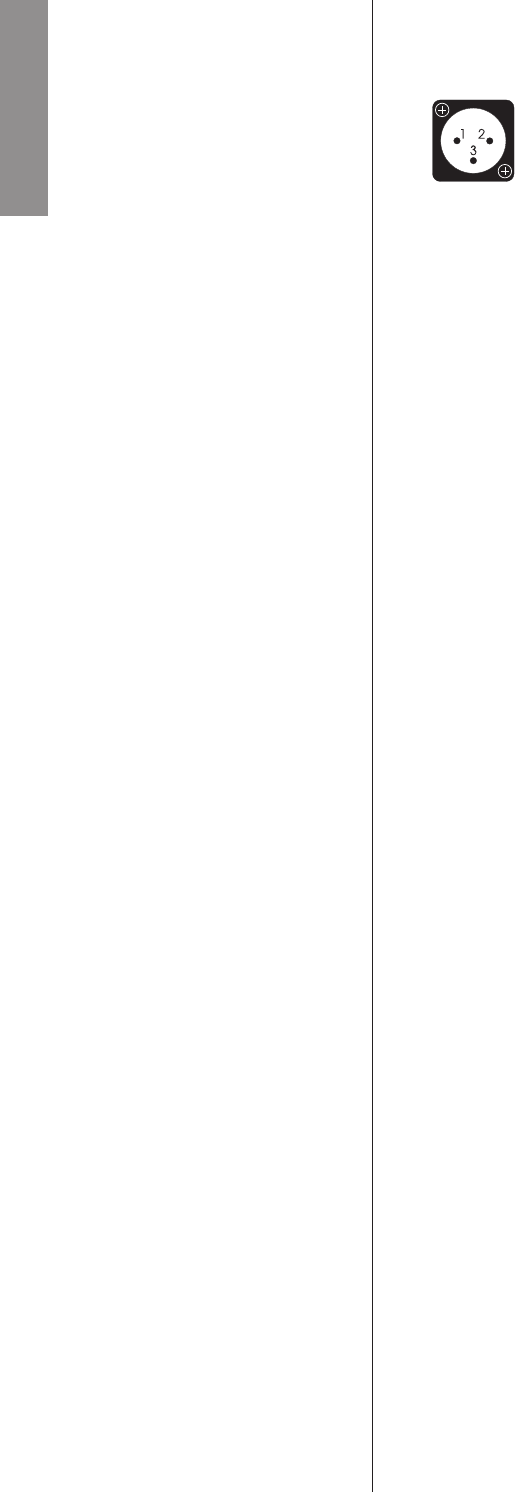
14
ENGLISH
The pin assignments of these XLR-type female output connectors are:
Pin 1: Signal ground
Pin 2: Signal + (non-inverting)
Pin 3: Signal – (inverting)
Connector ground lug: chassis ground
These pin assignments are consistent with the standards adopted by the
Audio Engineering Society.
using the single-ended
(RCA) analog outputs
Outputs are also provided in a high quality single-ended form on
RCA plugs. Single-ended cables using RCA connectors are the most
common form of analog connection used in consumer electronics. When
implemented carefully and used with high quality interconnect cables, this
standard can provide excellent performance.
Classé has gone to extraordinary effort to ensure that the single-ended
(RCA) outputs of your disc player are as good as possible. However, this
connection standard cannot offer the immunity from interference that
balanced interconnection does—hence our recommendation to use the
balanced outputs when possible.
If you are not using balanced analog interconnection, then connect these
single-ended outputs to your preamplifier/processor using high quality
RCA-terminated cables. Your Classé dealer can advise you on the selection
of cables suitable for your system.
2 Test/Monitor Video Outputs
The disc player is equipped with both S-Video and Composite video
outputs that can be used to display the information on the LCD
touchscreen on a video monitor. This capability allows you to operate the
disc player from a distance.
The S-Video output employs the standard S-Video (mini-DIN) connector,
while the Composite output employs a high quality RCA connector.
Both analog video outputs are active simultaneously. Connect the
appropriate video output(s) to the corresponding inputs on your A/V
preamplifier/processor using high quality video cables. Your Classé dealer
can assist you in making an appropriate cable selection.
3 Digital Outputs
This disc player has three digital outputs, all of which carry the same
information. You may use whichever connection you prefer, consistent
with the available connections on your A/V preamplifier/processor. Only
one of the three connections is needed.


















